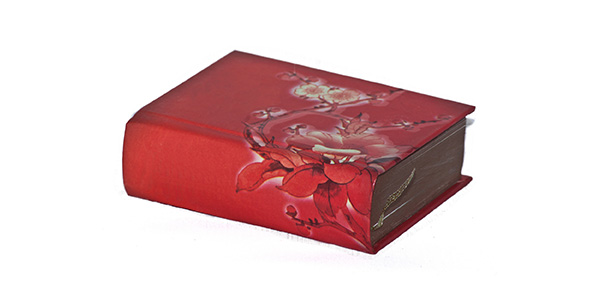Related Flashcards
Related Topics
Cards In This Set
| Front | Back |
|
glomerular filtration
|
The first step of urine formation is filtration of the blood. It occurs in the glomerulus, so it is called glomerular filtration.
|
|
fenestrae
|
Holes in the glomerular capillaries. These holes are called fenestrae and they make these capillaries more porous than other capillaries. Since they are so porous, a lot of filtrate (about 20% of the total plasma that passes through the capillaries) leaves the capillaries and enters the Bowman's capsule
|
|
What is the outer layer of the Bowman's capsule called? What does it consist of?
|
parietal layer, is composed of simple squamous epithelium
|
|
What is the inner layer of the Bowman's capsule called? What does it consist of?
|
visceral layer, is composed of podocytes, which are specialized cells that actually attach to the glomerular capillaries by means of small processes called “foot processes.”
|
|
filtration membrane
|
To leave the capillaries, the filtrate must pass through the filtration membrane. The filtration membrane is really a part of the glomerular capillaries. The filtration membrane keeps the proteins from leaving the capillaries simply because the proteins are too big to pass through the fenestrae.
|
|
What function do the podocytes perform?
|
The podocytes act like netting. The netting is not the filter, but it holds things together so that the filtration membrane can work. Very important because the capillaries are under high pressure!
|
|
True or False? No protein can pass through the fenestrae!
|
False! The truth is that a few proteins do slip through, but they're eventually taken back into the blood.
|
|
True or False? What flows into the Bowman's capsule is simply blood plasma minus the plasma proteins.
|
True!
|
|
glomerular filtration rate (GFR).
|
The rate at which filtrate is produced in glomerular filtration (125 mL/minute)
|
|
Another True or False: All of your blood plasma is filtered every 25 minutes on average.
|
True! all of your blood plasma is filtered every 25 minutes on average. Think about how efficient your kidneys must be to get all of that done!
|
|
How can the kidneys filter so much fluid so fast?
|
Well, the first reason is that the filtration membrane is highly permeable. This allows the filtrate to leave the glomerular capillaries quickly. Secondly, it turns out that the blood pressure in the glomerular capillaries is higher than that of ordinary capillaries. This extra pressure helps push the plasma through the filtration membrane. Since the pressure is higher than that of an ordinary capillary, filtrate flows out of glomerular capillaries more quickly than interstitial fluid flows out of ordinary capillaries
|
|
While the pressure in ordinary capillaries is on the order of 25 mmHg, the pressure within glomerular capillaries is about ___________???
|
While the pressure in ordinary capillaries is on the order of 25 mmHg, the pressure within glomerular capillaries is about 45 mmHg.
|
|
afferent arteriole
|
. an arteriole which brings blood into the Bowman's capsule
|
|
efferent arteriole
|
Brings blood out of the glomerulus. This blood has a lot less plasma in it, since much of the plasma became filtrate while in the glomerulus. This plasma-poor blood is then sent in capillary networks down the length of the nephron, so that it can reabsorb useful chemicals from the nephron (step 2).
|
|
Why is the pressure in glomerular capillaries high?
|
It's the result of an anatomical feature of the arterioles that enter and leave the glomerulus. The blood in the glomerulus is at a higher pressure than blood in other parts of the body because the efferent arteriole is smaller than the afferent arteriole. This causes a “backup” of blood, increasing the pressure of the blood behind it.
|






